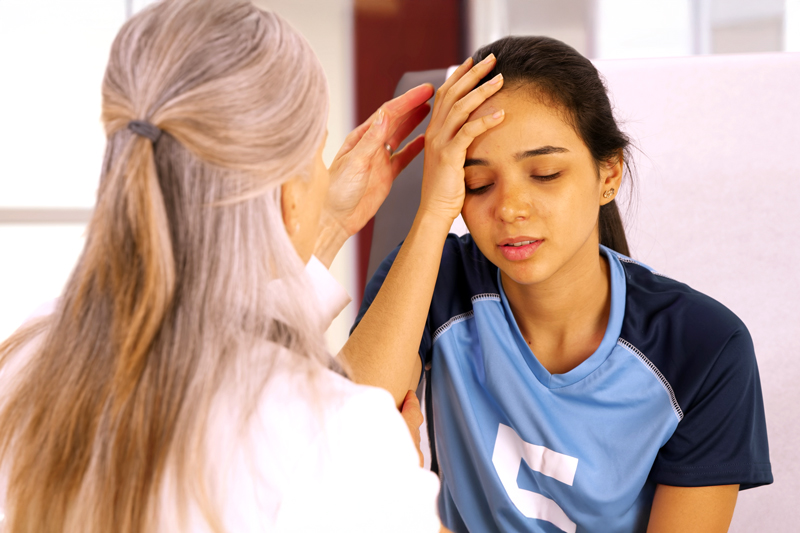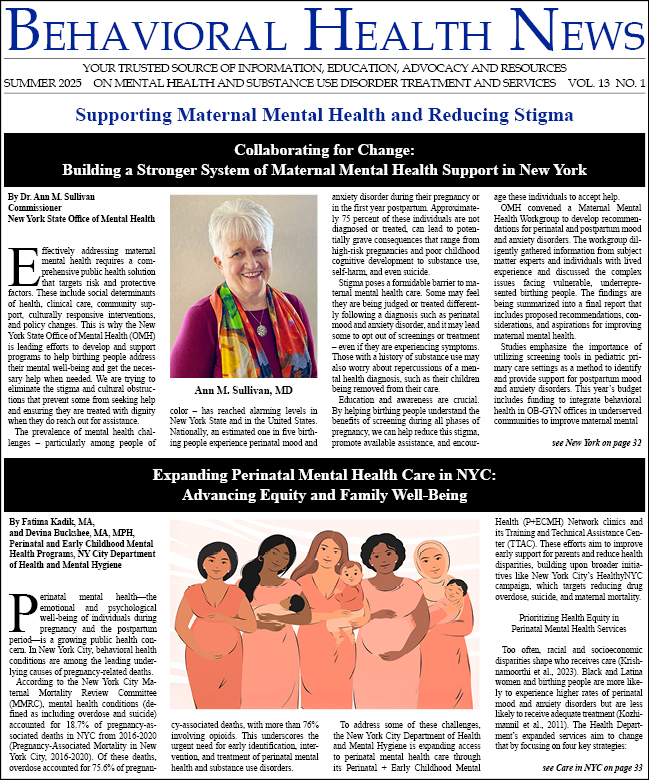For decades now, concussions have been associated with high-impact activities like football or hockey. Parents might even be averse to allowing their children to participate in these sports because of the risk of head injury. The truth is that while these activities may put a child or teen at risk for a concussion, some non-contact sports and even sport-adjacent activities produce a large number of head injuries as well.

Sports like volleyball and soccer, as well as cheerleading and even dance, result in a large number of concussion cases, especially in teens and young girls. The physical demand of participating, coupled with the increased likelihood of falls and collisions, produces more concussions than one might think. The danger also stretches beyond the moment of impact, with head trauma triggering symptoms that emerge weeks or even months later, affecting not just physical health but mental well-being as well.
Mental Health and Concussions
The potential health impact of head trauma extends far beyond physical injuries to the scalp or skull. Depending on the area of the brain that sustains impact, young athletes may struggle with symptoms like emotional dysregulation, thinking problems, trouble maintaining focus, and mood swings, to name a few.
Even mild concussions, if not treated appropriately, can lead to post-concussion syndrome, which can include increases in anxiety and depression, as well as irritability, memory issues, and increased sensitivity to stimuli like light and noise. These symptoms can exacerbate existing mental health problems or even produce a cascade-like effect, where mood swings result in isolation that is then followed by depression over the situation.
The Role of Hormones in Concussion Recovery for Girls
One largely underrecognized factor in concussions, and specifically concussion severity in teen girls, is the role of the menstrual cycle and, more specifically, the ebbs and flows of hormones. Research appears to show that concussions sustained in the luteal phase of a girl’s cycle — that is, the time immediately after ovulation but before menstruation — produce more severe and prolonged symptoms than concussions received outside of this window.
It is believed that progesterone levels are to blame for this increased risk, as the hormone can affect the brain’s ability to recover after it sustains trauma.
Additionally, concussions can have an effect on hormone regulation after the fact. This is often the case when the pituitary gland is affected by an impact. The pituitary gland is credited with managing hormone function, and individuals with pituitary gland dysfunction can experience everything from mood disturbances to menstrual cycle irregularity. With these physiological factors in mind, it is of utmost importance that young female athletes who sustain a head injury be approached with a nuanced understanding of the role hormones play.
Recognizing Symptoms
Perhaps the biggest misconception about concussions is that they are always obvious to an outside observer. The truth is that a person doesn’t have to lose consciousness or even appear outwardly affected after they’ve sustained a concussion. Signs can be delayed and subtle, making them easy to overlook, especially in the hours afterward.
Instead of relying on the individual’s subjective judgment as to whether or not they’re “okay,” look for the following in the days after:
- Changes in sleep patterns
- Increased irritability and/or mood swings
- Difficulty concentrating or trouble in school
- Headaches, dizziness, or sensitivity to light and sound
- Social withdrawal, anxiety, or depressive symptoms
For parents, it’s often enough to know that their child sustained a head injury in order to make a doctor’s appointment, but for the parents of young athletes, it may be very difficult to spot. If a child sustains a head impact — even an accidental or “minor” hit — monitoring their behavior in the days and weeks that follow is of utmost importance. The brain is an incredible thing, and it has a remarkable capacity to heal itself, making early intervention key to rapid recovery.
The brain is particularly receptive to rehabilitation in the weeks following an injury, and if at all possible, a therapy program should be implemented to restore function or prevent prolonged symptoms. However, in the case that a head injury is overlooked or otherwise missed, there is always something that can be done, especially in young people with developing brains. Post-concussion syndrome treatment protocols can clear the fog, restore diminished cognition, and help kids and teens overcome mood disorders, greatly enhancing recovery outcomes.
The Path Forward: A Proactive Approach to Brain Health
It’s incredibly important that professionals raise awareness around the risks of concussions in young people. Parents, coaches, and medical experts have to take a proactive approach to identifying head trauma and understanding the age- and gender-specific recovery challenges.
This awareness is the first step toward further protecting young athletes from long-term brain injury symptoms and ensuring that head trauma is treated with the utmost care. Seeking evaluations as soon as possible can ensure a shorter road to recovery.
Dr. Alina Fong is Clinical Director and Co-Owner of Cognitive FX.





